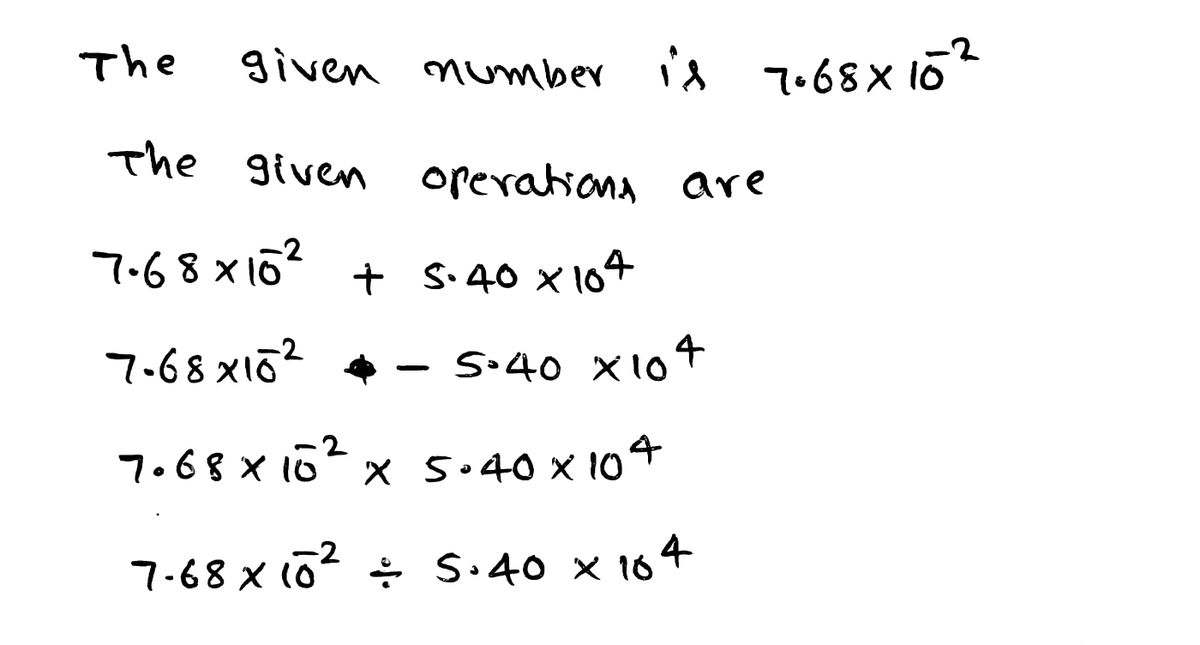Consider the following operations on the number 7.68 x 10-2 X Without using a calculator, decide which would give a significantly smaller value than 7.68 × 10-2, which would give a significantly larger value, or which would give essentially the same value. 7.68 x 10-2 +5.40 x 104 7.68 x 10-2 5.40 x 104 7.68 x 10-2 x 5.40 x 104 7.68 x 10-25.40 × 104
States of Matter
The substance that constitutes everything in the universe is known as matter. Matter comprises atoms which in turn are composed of electrons, protons, and neutrons. Different atoms combine together to give rise to molecules that act as a foundation for all kinds of substances. There are five states of matter based on their energies of attraction, namely solid, liquid, gases, plasma, and BEC (Bose-Einstein condensates).
Chemical Reactions and Equations
When a chemical species is transformed into another chemical species it is said to have undergone a chemical reaction. It consists of breaking existing bonds and forming new bonds by changing the position of electrons. These reactions are best explained using a chemical equation.
![teaching and lex
m/ilrn/takeAssignment/takeCovalent Activity.do?locator=assignment-take
M
M
E
80
F3
+
Consider the following operations on the number 7.68 x 10-2
Without using a calculator, decide which would give a significantly smaller value than 7.68 x 10-2, which would give a
significantly larger value, or which would give essentially the same value.
7.68 x 10-2 +5.40 × 104
7.68 x 10-25.40 x 104
7.68 x 102 x 5.40 x 104
7.68 x 1025.40 x 104
Submit Answer
$
4
R
000
DOD
F4
%
5
[Review Topics]
[References]
Use the References to access important values if needed for this question.
Retry Entire Group
F5
T
Cengage Learning Cengage Technical Support
^
6
F6
s
5 more group attempts remaining
Y
&
7
44
F7
U
* 0
8
DII
F8
1
(
9
DD
F9
O
)
O
4
F10
P
Previous Next>
{
[
Save and Exit
F12
}
D
del](/v2/_next/image?url=https%3A%2F%2Fcontent.bartleby.com%2Fqna-images%2Fquestion%2Fc23f13d4-22d2-4ccd-93de-be9deaee328b%2F465b06bb-f515-4fa8-9327-168e2fc7dc58%2Flwgm8v_processed.jpeg&w=3840&q=75)

Step by step
Solved in 5 steps with 5 images









